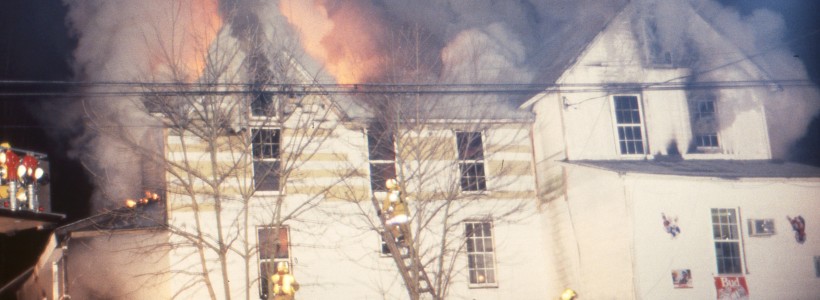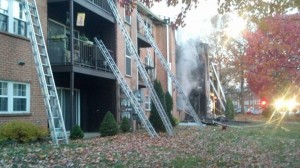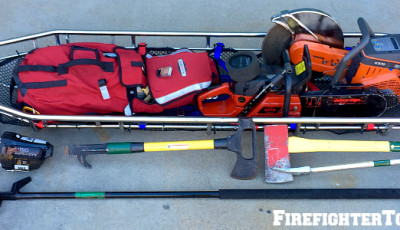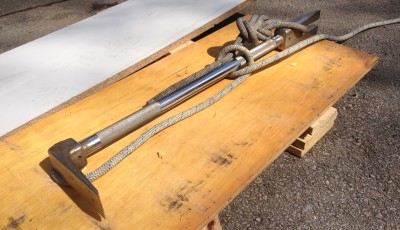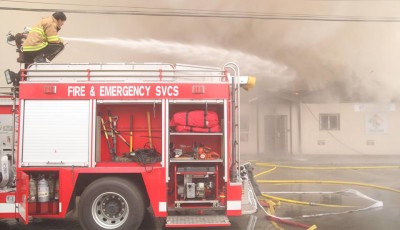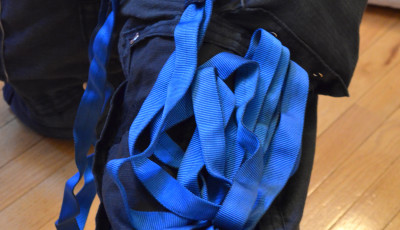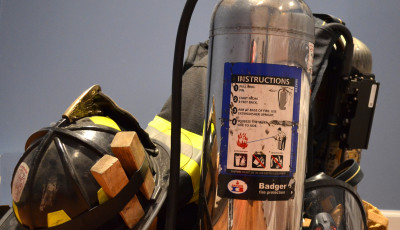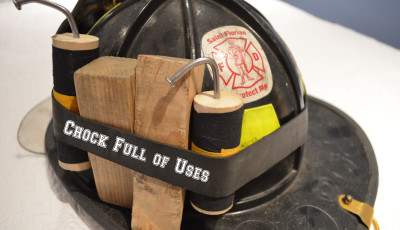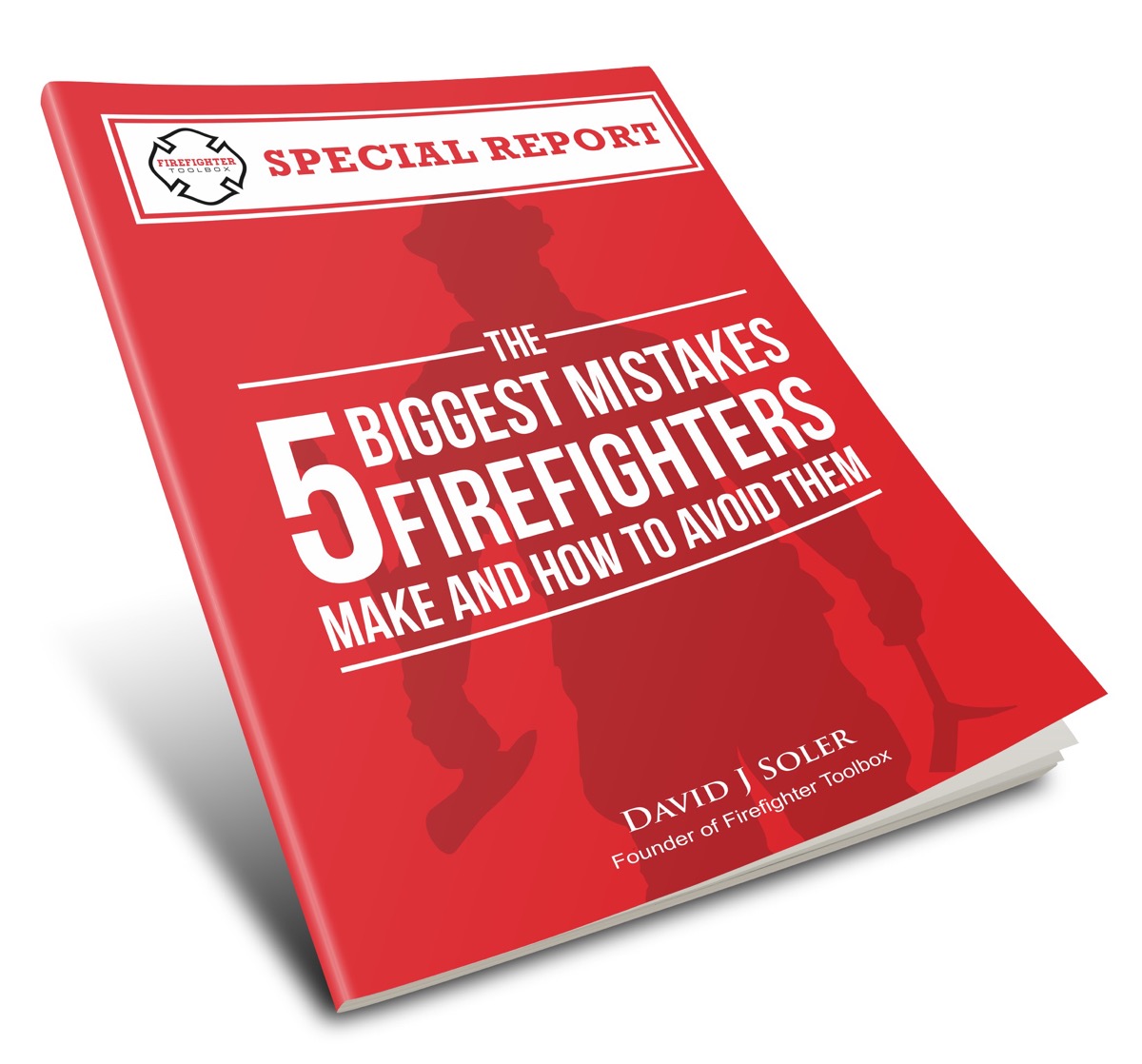5 Must Have Tools for Firefighter Rescue – Part 3
Tool #3 – Ground Ladders
Remember, the RIT toolbox is built on situational awareness. This situational awareness gives us some insight into where and how firefighters are operating inside of a structure. Using this information gives us the opportunity to better understand where ladders are needed.
Of course, we should place ladders at every possible point of egress from the structure. That means every window and, possibly, the roof. However, many of us do not have the staffing or responding apparatus to support this strategy. So it is important to let the situation dictate the priority for placing ladders.
Where To Place Ladders
The situation is going to dictate where you place your ladders, so careful attention must be paid to what is going on and what your resources are. As a general rule of thumb, the first place to throw ladders is the fire floor.
Priority should be given as follows:
- Start by laddering the fire room.
- Then place ladders to the floor above the fire floor.
Why these two places first? Because these two locations are where our people are going to be operating in the worst conditions, and they need a fast way out if things go south.
Laddering For Rescue
The next aspect to consider in ladder placement for RIT is that we are laddering for rescue.
- Tip Placement
Place the tip of the ladder directly below the sill of the window. The tip of the ladder should never extend into the window. - The Climbing Angle
The climbing angle should be a little less than the normal 75 degrees. This allows for clear egress in a hurry in the event of a ladder bailout. - Anchoring
Look to anchor the ladder. Consider tying the bottom rung off to a solid object if possible. This will prevent the ladder from sliding away from the building.
Placing Ladders Efficiently
There are many different methods for throwing ladders to a structure. I like to use the most efficient methods available. This means we need to be ready to place a ladder into service with the fewest possible personnel. Regardless of our staffing levels, efficient use of our personnel will allow us to get more ladders where we need them quickly. To accomplish this, we should be skilled in throwing the 24 ft. extension ladder with one person and the 35 ft. extension ladder with two people.
Remember, practice with your ladders. Like everything, proficiency takes practice.
Photos courtesy of Rich Gardiner.
Check out the complete series here! (posting soon)

